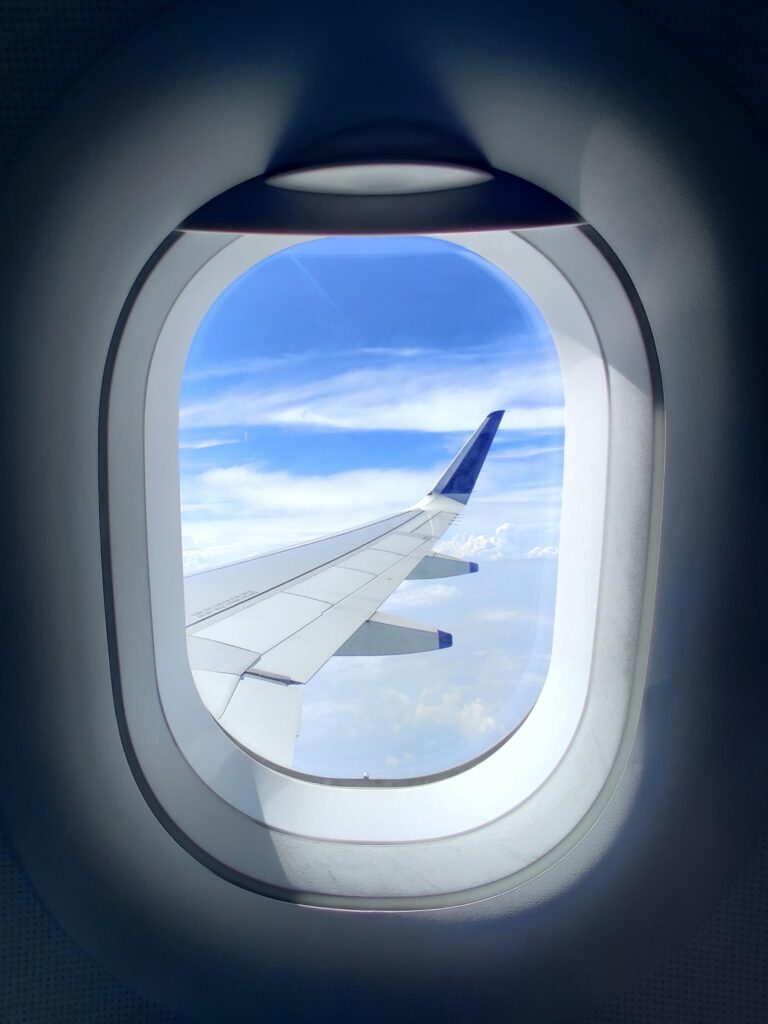Table of Contents
- Understanding TSA Regulations for Pepper Spray on Flights
- Choosing the Right Size and Strength for Air Travel
- Packing Tips to Ensure Compliance with Airline Rules
- Alternative Personal Safety Options for Travelers
- Final Thoughts
Understanding TSA Regulations for Pepper Spray on Flights
The Transportation Security Administration (TSA) maintains strict guidelines regarding the transport of pepper spray on commercial flights to ensure the safety of all passengers and crew. According to TSA rules, pepper spray is permitted in carry-on bags only if the container does not exceed 2 fluid ounces (59 milliliters). Containers larger than this volume are strictly prohibited and will be confiscated at security checkpoints. It is also important to note that the pepper spray must have a safety mechanism to prevent accidental discharge, and the spray cannot contain substances classified as explosives or other hazardous materials.
When packing pepper spray for air travel, travelers should verify the product’s size and labeling to avoid airline penalties. Airlines may have additional restrictions on top of TSA regulations, so checking the specific operator’s policy is recommended. To summarize:
- Maximum allowed size: 2 fluid ounces (59 ml)
- Must include safety features: Cap or lock to prevent accidental discharge
- Placement: Typically allowed only in carry-on luggage, not checked baggage
- Prohibited substances: No explosives or hazardous chemicals allowed
By adhering to these regulations, you ensure a smoother security screening process and reduce travel complications. Always double-check TSA guidelines before your trip, as security policies can be updated without prior notice.
Choosing the Right Size and Strength for Air Travel
When preparing a pepper spray for air travel, selecting the appropriate size is crucial to comply with airline regulations and avoid confiscation at security checkpoints. Most airlines and the TSA allow pepper sprays in containers that hold 2 ounces (59 ml) or less. Anything beyond this limit is generally prohibited in both carry-on and checked luggage. Opting for a compact canister not only ensures smoother passage through security but also makes it easier to stow in your personal items without added bulk or weight.
Equally important is the strength of the spray, which is often measured by OC (oleoresin capsicum) concentration or Scoville Heat Units (SHU). While higher concentrations provide more potent defense, many airlines recommend modest levels typically ranging between 2% and 10% OC, balancing effectiveness with safety concerns. Keep in mind that extremely potent sprays might cause unintended harm to bystanders in cramped cabin environments. Always check your airline’s specific guidelines before flying, and consider choosing sprays that are explicitly labeled as airline-compliant and ready for travel.
- Size limit: Up to 2 ounces (59 ml)
- Strength recommendation: 2% to 10% OC concentration
- Labeling: Look for airline-approved or travel-compliant packaging
- Storage: Typically allowed only in carry-on, check airline policies
Packing Tips to Ensure Compliance with Airline Rules
When preparing your carry-on for a flight, checking the specific airline and TSA regulations regarding pepper spray is crucial. Most airlines permit pepper spray devices that are 4 ounces (118 ml) or less and contain less than 2% by mass of the active ingredient OC (oleoresin capsicum). Before packing, confirm whether the item is declared and stored in your checked baggage since many airlines prohibit pepper spray in the cabin. Failing to comply can lead to confiscation or fines, so it’s best to pack smart and stay informed.
To ensure a seamless security process, follow these practical tips:
- Always keep pepper spray in its original, unopened packaging when possible, with visible ingredient lists and capacity details.
- Place the pepper spray in checked luggage only; carry-on bags are generally not allowed to contain self-defense sprays.
- Check your destination’s local laws-some countries have stricter regulations or outright bans on defensive sprays.
- Inform the airline staff at check-in if carrying pepper spray to avoid misunderstandings or delays.
Alternative Personal Safety Options for Travelers
Final Thoughts
In conclusion, when it comes to traveling with pepper spray, understanding airline regulations is crucial to ensure a smooth journey. Most airlines and TSA guidelines permit only small, travel-sized canisters-typically under 2 ounces or 59 milliliters-and they must be stored in checked luggage rather than carry-ons. Always double-check the specific rules of your airline and destination country before packing pepper spray, as restrictions can vary greatly. Staying informed not only keeps you compliant but also helps you travel with greater peace of mind. Safe travels!Check Our Other Blogs
- StunGun – Your Trusted Source for Stun Guns, Laws, and Self-Defense Tips
- PepperSprayLaws – Your Trusted Resource for Pepper Spray Information
- StunGunLaws – Your Trusted Guide to Stun Gun Legality and Safety




